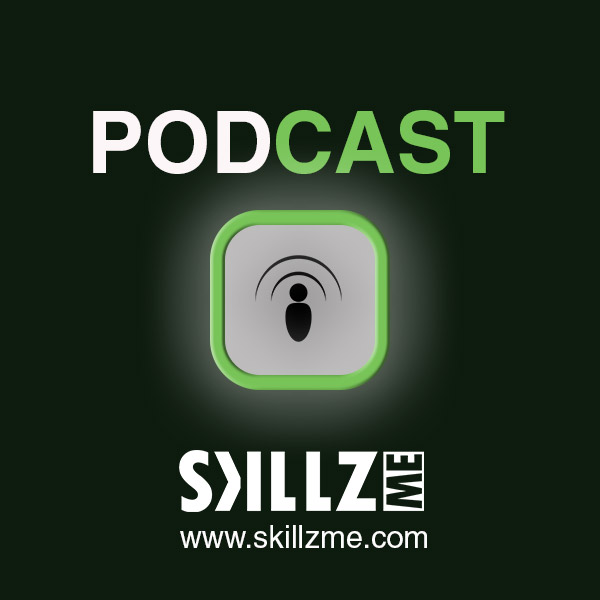It’s no secret that sales & marketing alignment can help an organization close more deals faster. Additionally, poor alignment can substantially increase the cost of sales. A successful sales communication strategy/process is essential in driving sales and marketing alignment.
- empower sales reps with valuable content and information
- increase pipeline velocity and win rate
- significantly improve sales productivity and marketing efficiency
- keep sales and marketing on the same page
Many experts in the industry have shared best practices for effective sales communication. And while some of those guidelines are still relevant, the purpose of this article is to discuss five best practices to drive successful sales communication.
Today, a seller is more distracted, has a shorter attention span, and is experiencing technology and information overload.
In such a noisy environment, it is essential that organizations use creative tactics to ensure that sales communication is making a positive impact.
Push And Pull Communication
- When we talk about sales communication, we think about push communication.
- A monthly newsletter
- A product announcement on Slack or Email
- Web conference meetings and sessions
The above methods are well understood and have been used frequently as communication tools by sales and marketing alike. And though “Push Communication” is vital to the success of a sales communication program, it is only one dimension of the communication process.

Consider these questions –
- What does a rep do when she needs information? When she needs information on her time?
- How easy is it to discover marketing and sales collateral?
- Is the information available in one place or multiple?
- Does the rep have access to the latest and vetted content? Or does she have to confirm with marketing about the validity of the assets?
These questions are all related to “pulling information.” And you should consider these requirements to be a part of your overall sales communication strategy. Communication is a two-way street, and helping sales reps discover and use relevant content to progress their pipeline is an element of sales communication.
When you revisit your sales communication strategy, you should consider the Push and Pull modes of communication. Make sure your team understands these different modes and are not limiting their communication efforts to the push-based channels.
Digestible Content
Our attention spans are at an all-time low. And this is also true for your sales team. Sales reps are more likely to retain short-format, relevant content than try absorbing longer format content assets. For example,
- A two-slide messaging deck is always a better option than a 50 slide presentation deck.
- A short white paper summary that accompanies a long-form white paper is likely to help reps retain the subject matter for a longer period.
Therefore, it is a better practice to break down your content assets into smaller digestible chunks. And when you are creating long-form content, make sure you provide an opening summary or necessary context that will be easier to remember.
Quality > Quantity
It is better to have fewer high-quality content assets over a large number of low-quality content assets. Additionally, it is important that your sales communication approach is NOT plagued with other commonly observed quality issues like,
- Older Irrelevant Content Assets
- Multiple Versions of Content Assets
- Inconsistent taxonomy and metadata of the content
- Poorly Written Content Titles
We discussed earlier that for a successful sales communication strategy, you should also focus on the PULL mode of communication. Low-quality content significantly compromises the usefulness of a sales content repository. If sales reps do not find content easily or if they end up with stale content, then they are less likely to rely on the PULL mechanism. And they will resort to sending emails for making content requests. This undoes your sales communication strategy.

Personalization Helps
In today’s B2B market, sales specialization is a popular strategy. Organizations are not only specializing based on their markets and geographies, but they also have specialized reps for different stages of the customer’s journey. And when you have a dedicated sales force, your sales reps have different content needs based on their market and functional specialization.
For example, a sales development rep (SDR) is more interested in top-of-the-funnel sales content whereas an account executive (AE) is more likely to work with late-funnel content.
You can draw similar preferences based on the market vertical that a rep is selling into or the geography that the rep is covering.
A sales communication process that helps you personalize communication for individual sales representatives is bound to yield higher returns. Some simple examples of personalization are,
- Targeted Newsletters based on the Rep’s role and geography
- Recommending targeted content in CRM application
- Notifications about content that is relevant to a rep’s pipeline
Measure Results with Data
Every organization is different. And when you implement any process, these differences yield different results. And this is true when implementing or improving your sales communication strategy. Therefore, in addition to making these process improvements, you should also use a framework to track and measure the return on these investments.
- What content sales reps access?
- Where do sales reps access content?
- When do sales reps access content?
- How often do sales reps pull content?
- What do sales reps search?
Answers to the above questions give you insights to sharpen and further improve your sales communication process.
Conclusion
Sales communication is essential, and marketing will continue to be the owner of the sales communication process. However, a namesake sales communication process does not yield any real benefits and is an unnecessary drain on marketing resources. Furthermore, an imperfect sales communication process is bound to result in frustration for the sales and marketing teams.
However, when done right, sales communication can be a useful tool to not only help improve the bottom line but also drive productivity for marketing and sales operations. Enablix has helped many companies improve their sales workflow to drive more revenue, faster. Learn more about how we did it.
Gaurav is the founder of Enablix, a knowledge management and sales enablement startup that he bootstrapped with his technical co-founder in 2016. Though it is still early days, Gaurav has learned a lot from these short but exhilarating couple of years and looks forward to the challenges and learnings that lie ahead of him. Gaurav believes that while there is some great advice out there in the startup and business world, every entrepreneur and founder has a unique story; and therefore should run their own race and apply the available advice within their context.

![The Rise of Data Storytelling [Infographic] The Rise of Data Storytelling](https://www.skillzme.com/wp-content/uploads/2025/02/hero-image-rise-of-data-storytelling-200x200.jpg)
![The Construction Labor Shortage [Infographic] hero-image-addressing-the-construction-labor-shortage](https://www.skillzme.com/wp-content/uploads/2025/01/hero-image-addressing-the-construction-labor-shortage-200x200.jpg)
![Skype to Teams Migration and History [Infographic] Skype to Teams Migration and History](https://www.skillzme.com/wp-content/uploads/2025/03/hero-image-skype-200x200.jpg)


Great article Gaurav! Very helpful especially during these rough times.